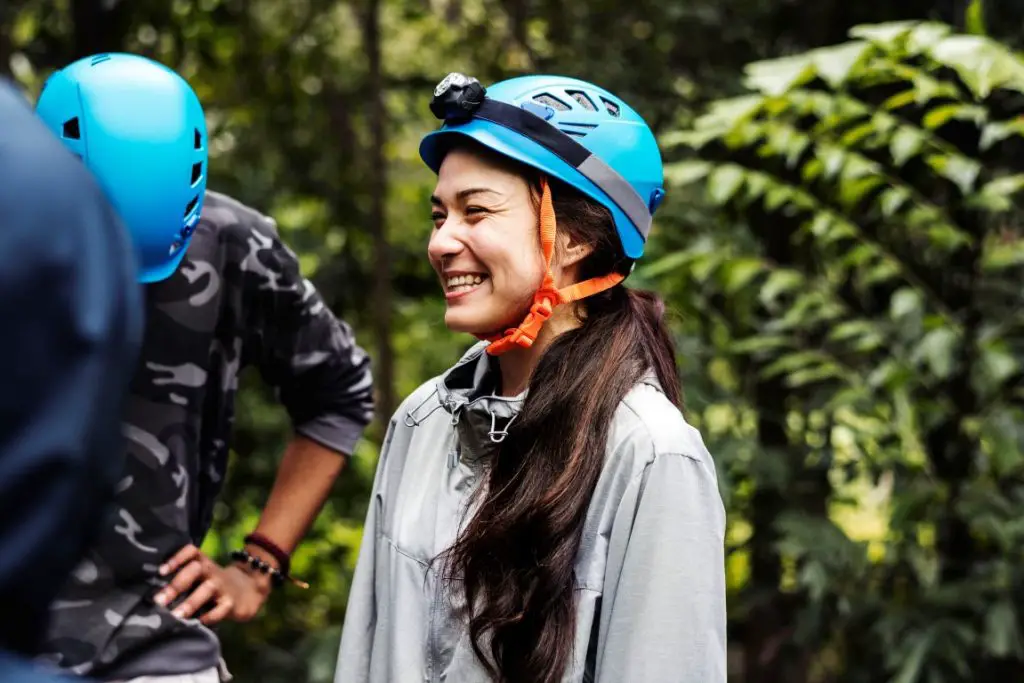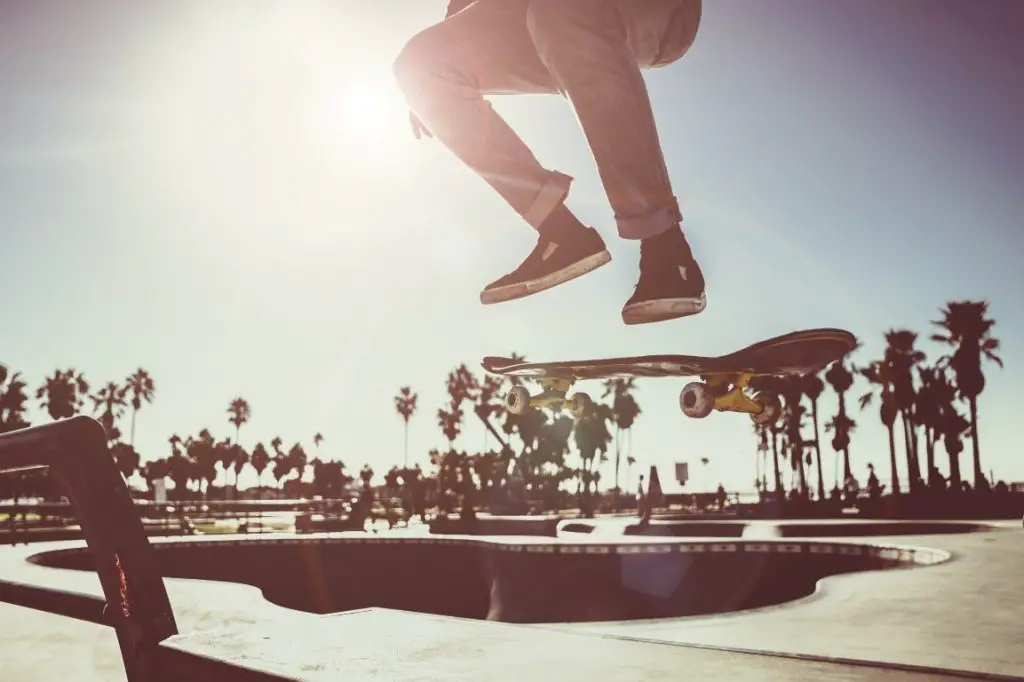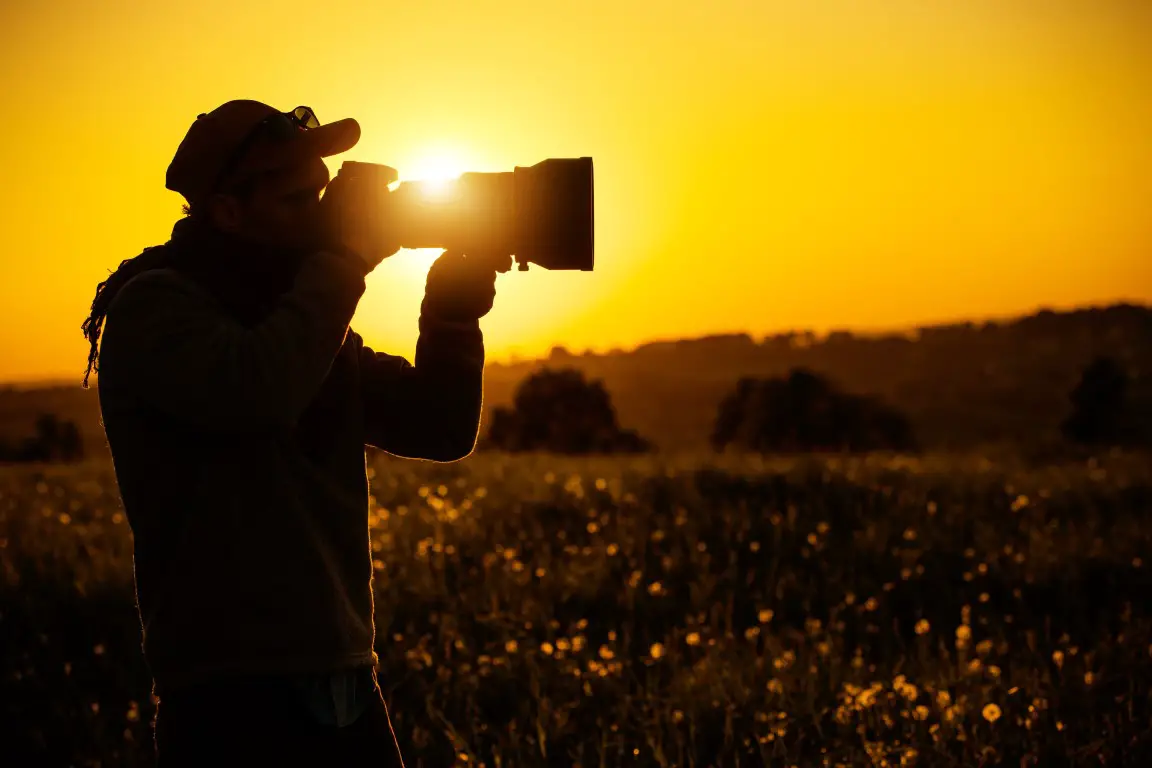
Among the myriad of lenses available, the Sigma 150-600mm Contemporary stands out as a beacon for wildlife and adventure photographers. This lens, with its impressive zoom range and optical clarity, has carved a niche for itself in the world of hyper-telephoto photography.
For those unfamiliar with its prowess, the Sigma 150-600mm Contemporary is not just a lens; it’s a testament to Sigma’s dedication to providing photographers with tools that push the boundaries of what’s possible.
In this article, I’ll delve deep into how to use the Sigma 150-600mm Contemporary, which I’ve learned from my experiences.
Whether you’re capturing the majestic flight of an eagle or the subtle nuances of a distant landscape, this lens promises unparalleled clarity and detail.
What Does the Sigma Lens Mean?
Sigma manufactures a larger selection of lenses for digital SLR and Mirrorless cameras. Besides, the quality of the Sigma lens is just unbeatable and considered a well-known brand.
With that said, sigma is unique and offers true value for the money that comes with worthy features such as build quality, focus, speed, specifications, and more.
Now, dive in and get ready to know several aspects.
What is the Difference Between Sigma Art, Sports Lens, and Contemporary?
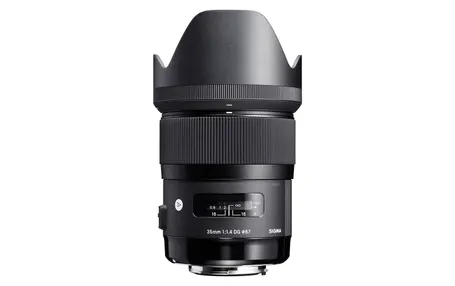
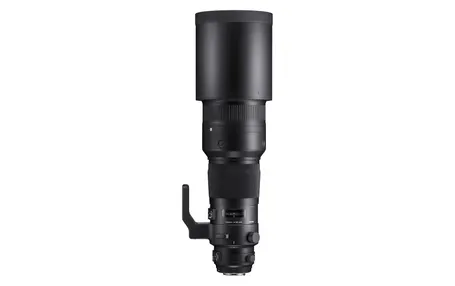
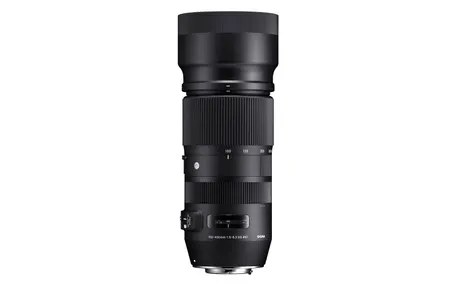
To identify which is best among Sigma art, sports lens, and contemporary, I’ve conducted in-depth research in reviewing all the lenses. The results are pretty surprising.
So, let’s start and know with the help of the given table.
| Sigma Art | Sigma Sports Lens | Sigma Contemporary |
|---|---|---|
| It covers the range of up to 500mm | Minimum focusing distance 260 cm with 16.4° – 4.1° angle of view | Contemporary lens zoom ring revolves up to 146 degrees |
| Gives exceptional quality | Gives high-picture quality | Gives outstanding results |
| Sigma lenses include adapters for Sony E & L mount | Sport lenses include the rubberized push with EF mount in Canon | Contemporary lenses include the rubberized push with EF mount in canon |
| Offer sharp focus at the widest aperture | Offer a sweet spot on the lens where it is sharpest | Offer stop wider aperture |
| Top-notch construction | Substantially heavier | Easy to carry |
| Has higher apertures f/1.4 – f/2.8 | Has a constant aperture with f/2.8 | Has a 1/3 stop wider aperture |
| Less durable | Sports lens is much more durable | Less Durable |
Do I Need to Calibrate My Sigma Lens?
One of the questions that often pops into my mind is whether I need to calibrate the Sigma lens. The answer is pretty YES.
If you do not want to click blurry images, then calibrating the Sigma lens can be best since it gives accurate focus, sharp images, and give high-quality images.
How Do You Calibrate Sigma?
If you see it is hard, then don’t worry, as it is effortless and helps you get the most out of your lenses. It is like something you already do, and you can use your method to do it.
However, many people want to know if they can calibrate the Sigma lens for the first time.
Assume that your lenses and camera are accurate and include autofocus. If you have not checked it earlier, then chances are your lens may not be adjusted.
So, check that first and make slight adjustments.
Next, Follow the Given Steps:
Step 1– Get your calibrator, choose a pyramid
Step 2– Set up your camera calibrator on stable surfaces, not on hand holding
Step 3– Focus on the viewfinder
Step 4- Focus on the centerline and adjustments
Step 5- Perform the required Camera settings
Besides, I found an interesting video about Sigma Lens Calibration. You can refer to it too.
How Do I Calibrate My Sigma with a Dock?
The Sigma dock is used with the desktop app Sigma Optimization Pro. This app works on Windows and Mac.
To use it, your first step is to download the app and install it properly on the computer.
It is an interface between the computer and the Sigma lens. I’ll outline the calibration procedure based on how I approached the setup.
Now, How do Set It?
- First, take a couple of test shots with the lens mounted on the camera’s body under the specified distance that will be mentioned in the software. More the use of a tripod will aim to focus on calibrating the tool.
- Use a focus chart on the level of the surface.
- Put the camera on the tripod and adjust the level, so it points out at the center of the focus.
- Ensure the lighting should be bright.
- If the camera lens has stabilized the image, then turn it off.
- Use the remote switch or the camera’s timer to shoot.
- Choose the widest aperture.
- Check the images on the computer and find whether the focus is sharp at the ruler. If you see it is not sharp, then check the focus settings.
- Then repeat steps 1-3 and click your pictures with satisfactory results.
How Do I Take Sharp Pictures with Sigma 150 600?
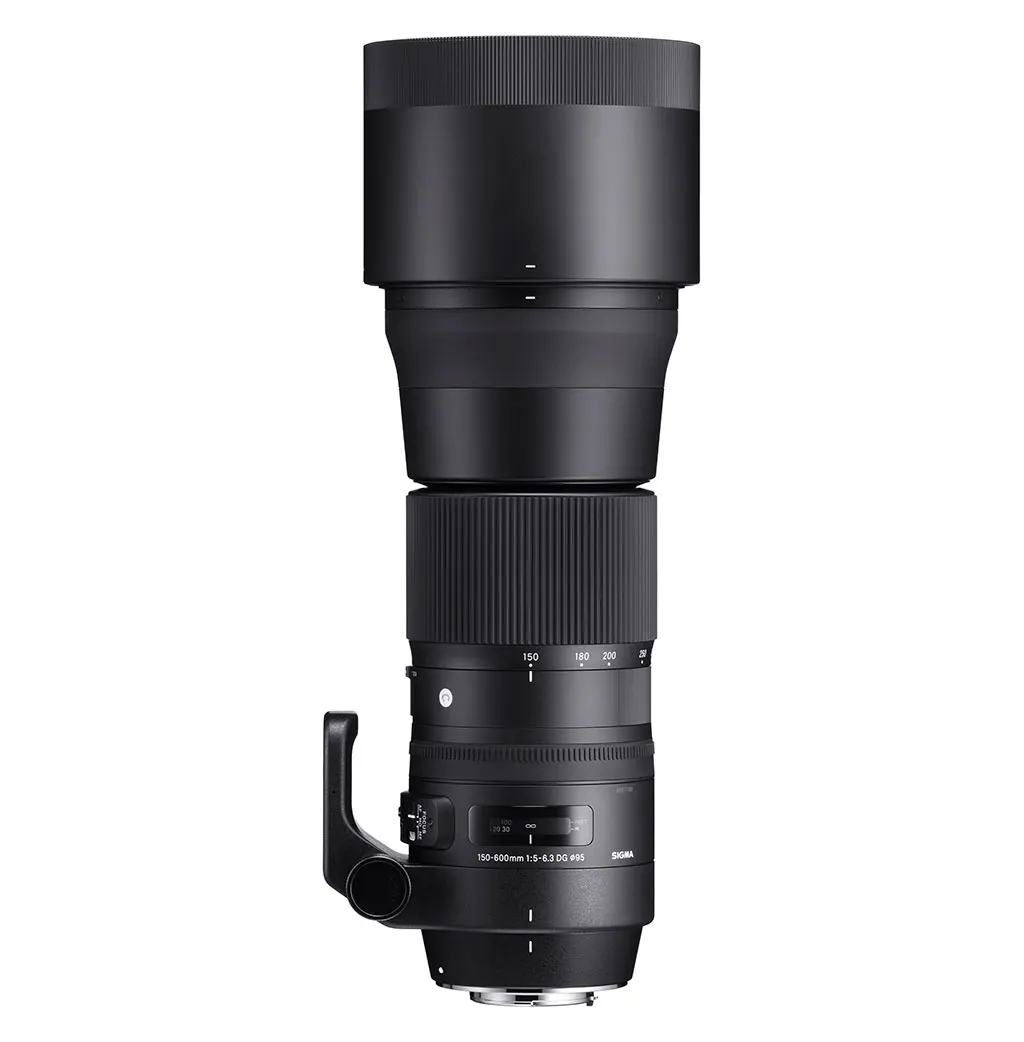
Source: sigmaphoto.com
I’ve conducted experiments with my Sigma 150-600 Contemporary lens during my adventure shoots. Through these, I’ve discovered some crucial tips to enhance the sharpness of my photographs.
You can try them out as well.
- Find the correct shutter speed
- Find the right aperture value
- Choose ISO sensitivity
- Use a tripod for stability
- Use ISO in-camera lens
- Check back button focus
Is Sigma 150-600mm Contemporary Settings?
Having used the Sigma 150-600mm F5-6.3 DG OS HSM Contemporary lens, I’ve come to appreciate its versatile settings tailored for diverse photography scenarios. It is the first hyper-telephoto zoom from the contemporary line.
I’ve leveraged both its manual and autofocus modes for optimal precision. The lens’s Optical Stabilization system, with its general and panning modes, has been invaluable.
By connecting to the Sigma USB Dock, I’ve been able to customize its behavior, fine-tuning focus and stabilization.
The zoom lock switch, variable aperture of F5-6.3, and focus limit switch have all enhanced my shooting experience. Familiarity with these settings truly elevates the lens’s performance.
Sigma 150-600mm Contemporary Sharpest Aperture

When it comes to taking good quality pictures, it is best to check all, including focal length, angle of view, max aperture, and minimum aperture. So for your ease, here I am sharing details with you.
- Focal length- 150mm-600mm
- The angle of view- 4.1-16.4 degree
- Max aperture- F/5- F/6.3
- Min Aperture- f/22
Besides, employing certain techniques when capturing sharp photos in wildlife adventures ensures optimal results with the Sigma 150-600mm Contemporary lens. Check out how can I make my wildlife pictures sharp to learn more.
Is Sigma 150-600mm Contemporary Nikon?
The Sigma 150-600mm contemporary Nikon is the perfect piece you can get for.
This is designed for Nikon D5, Df, D610, D800, D800E, and much more with the same serial number. More it includes a focal length of 18-105mm with the lens type telephoto.
You can search for 150-600mm F/5-6.3 Dg OS HSM Contemporary Nikon DSLR for its latest price.
Is Sigma 150-600mm Contemporary Canon?
Sigma 150-600mm F/5-6.3 DG OS HSM Contemporary lens for Canon EF is a mounted lens with a full-frame format.
It has an aperture with a range of f/5-f/22. This includes one FLD element and 3 SLD elements. Along with that, it includes a multi-layer coating with a hypersonic motor AF system.
Is Sigma 150-600mm Contemporary Weather Sealed?
The Sigma 150-600mm lens is featured an optical layout consisting of weather-sealed features.
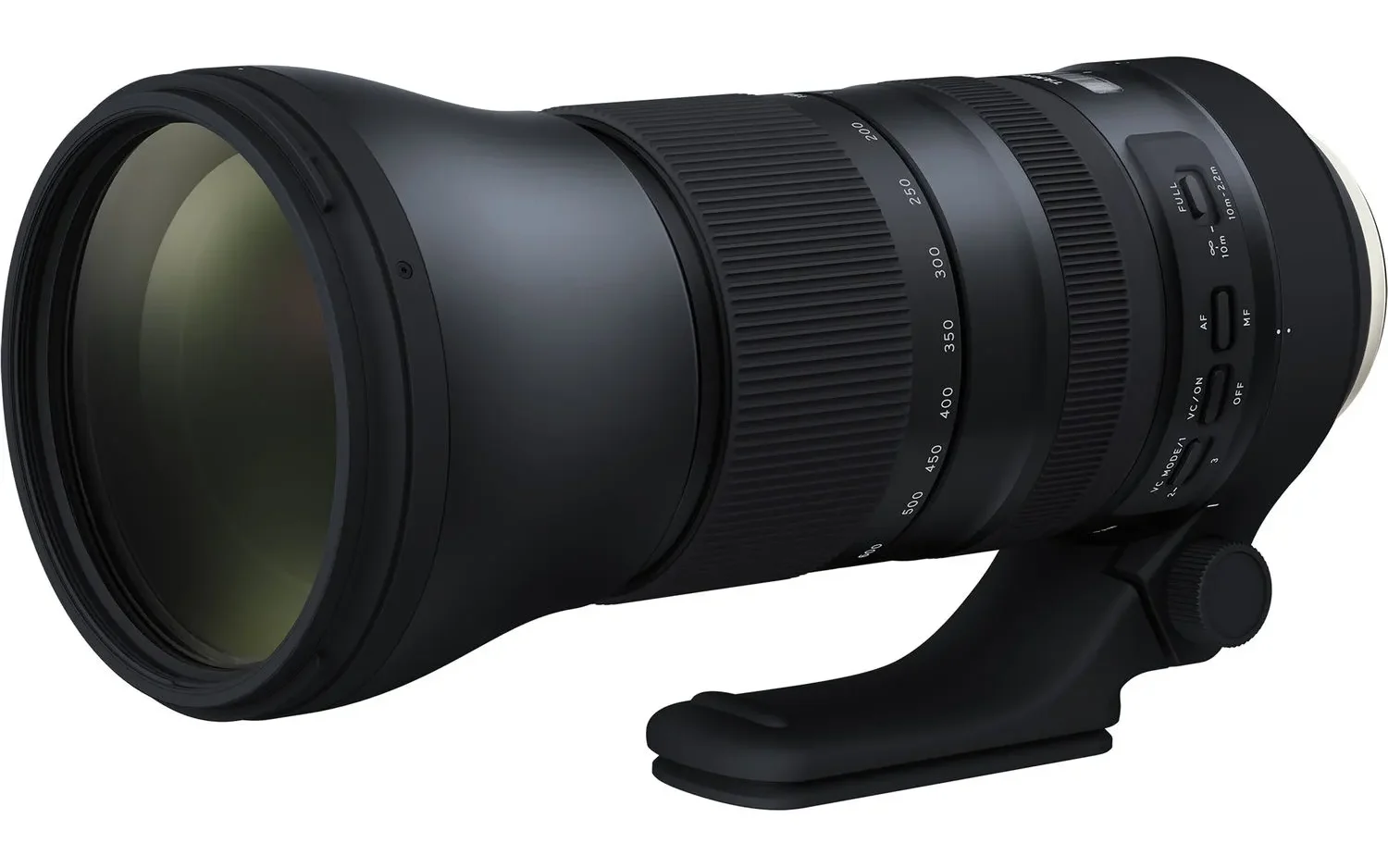
Source: cameralk.com
Tamron 150 600 G2 comes with a telezoom lens with fluorine coating and is fully weather-sealed.
FAQs
Q1. What aperture should you use for sports?
For taking the best shots, the aperture should be in priority mode which gives full control over the aperture. The wider your aperture is, the more photographers can take quality pictures.
However, the aperture settings will be f/2.8-f/3.5.
Q2. Why your photos are blurry?
One of the most common reasons to have blurry shots is when the camera shutter opens. With this, the sensor captures light and sends it through the lens, so you see blurry shots.
Q3. Should you opt for a 300mm lens for sports?
Well, 300mm is most recommended for sports, i.e. F/4L. It is considered the best focal length that helps you capture great shots from far distances. If you want to do wildlife photography, then Canon 300mm is a good option.
Conclusion
In conclusion, the Sigma 150-600mm Contemporary lens emerges as an indispensable asset for discerning photographers, particularly in the domains of adventure and wildlife photography.
Its multifaceted capabilities, precise calibration options, and superior image sharpness underscore Sigma’s dedication to optical excellence. This guide highlighted its unique features, setting it apart in the market.
When integrated with platforms like Nikon or Canon, and considering its robust weather-resistant features, this lens epitomizes the fusion of craftsmanship and functionality. Leveraging its full potential can significantly elevate the quality and depth of one’s photographic portfolio.
Justin Parker is a professional photographer and has been in the industry since 2007. He attended the University of Georgia. Justin combines his passion for photography and his interest in writing to give life to this blog which talks about photography in order to help and inspire young photographers.

